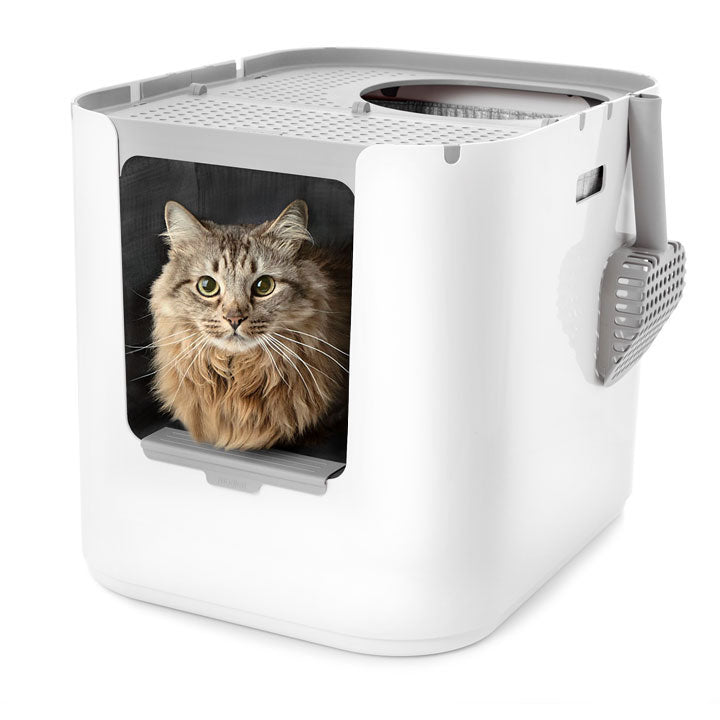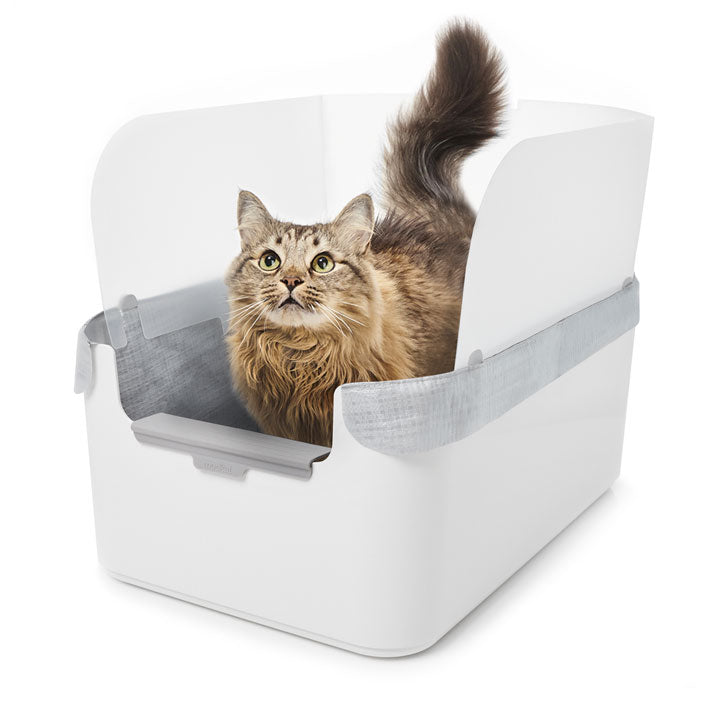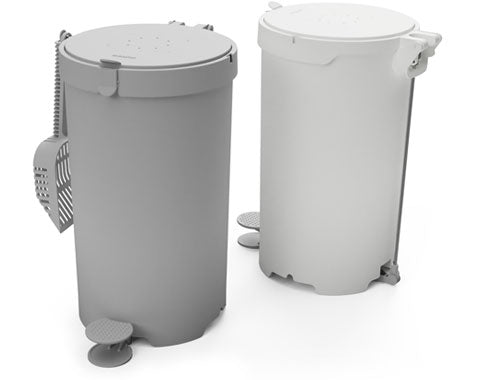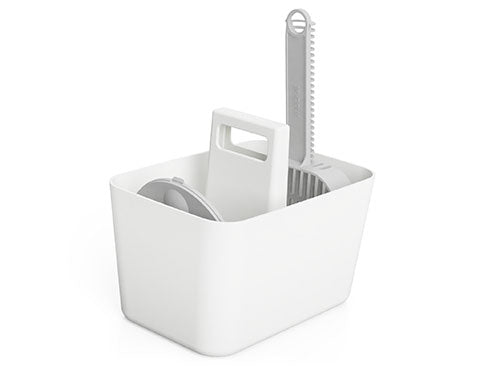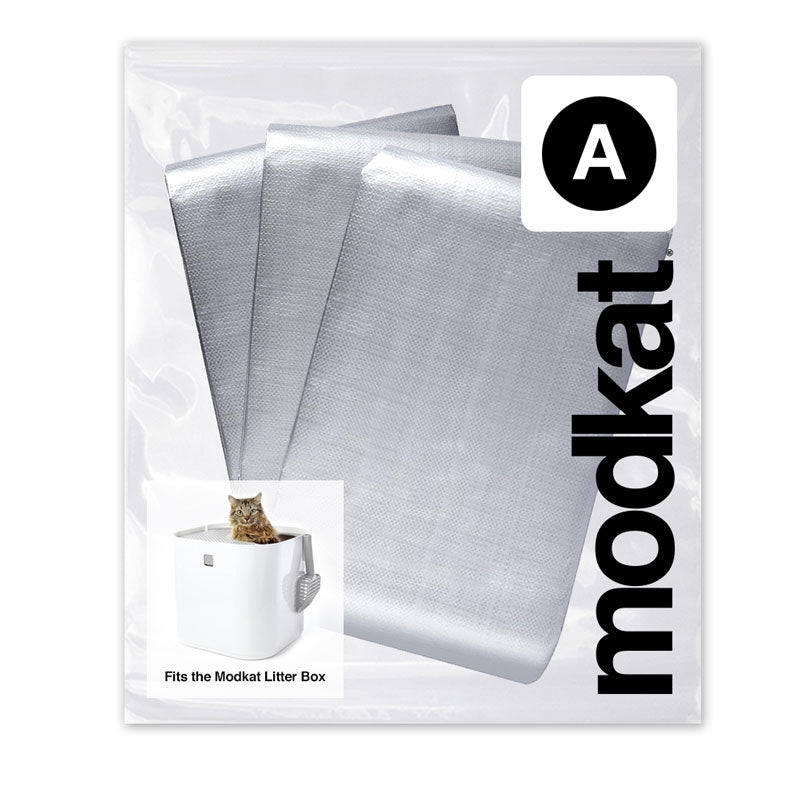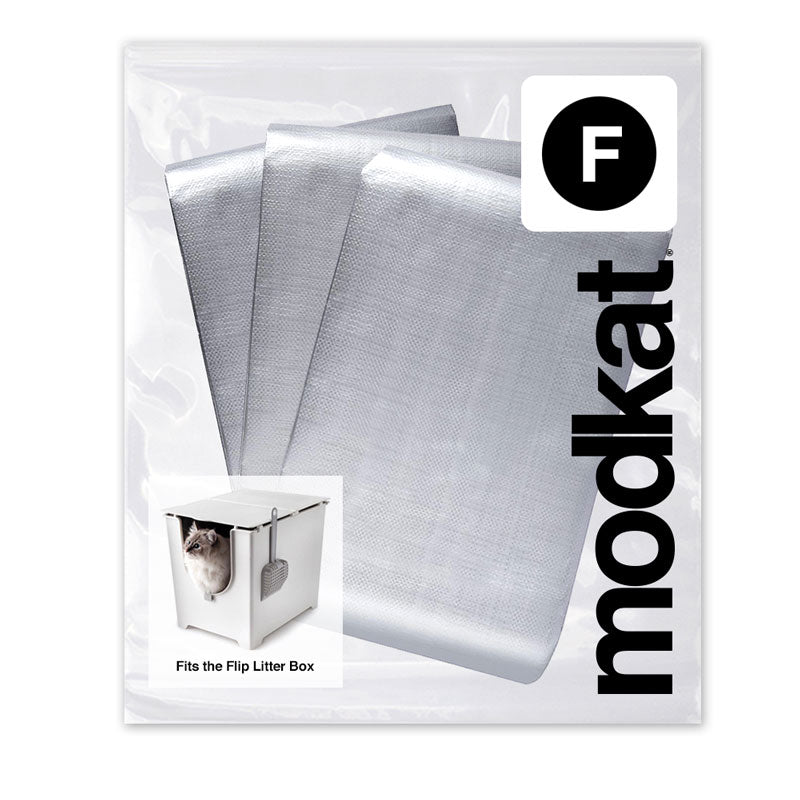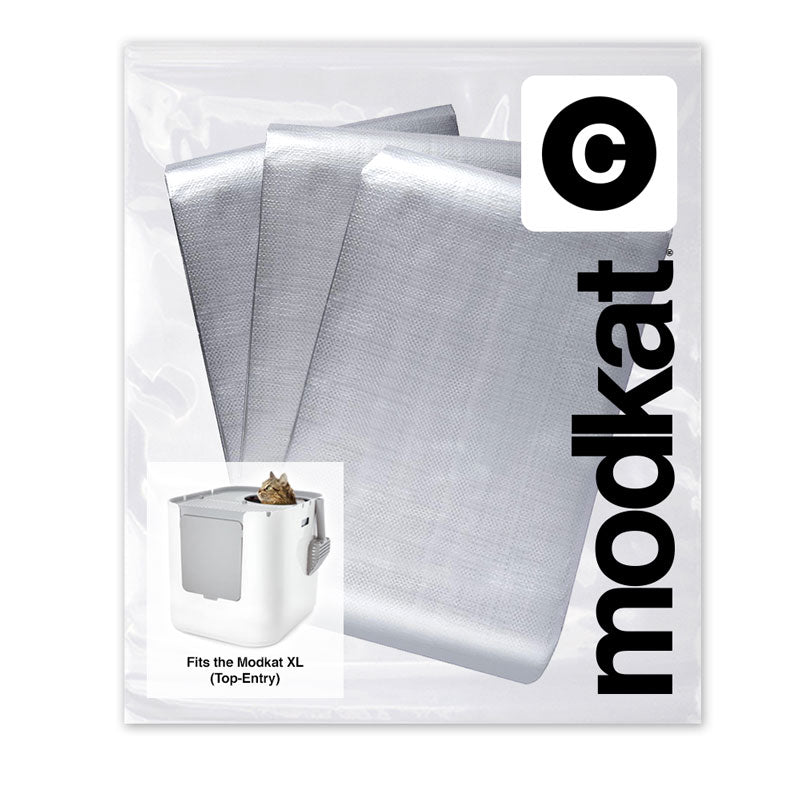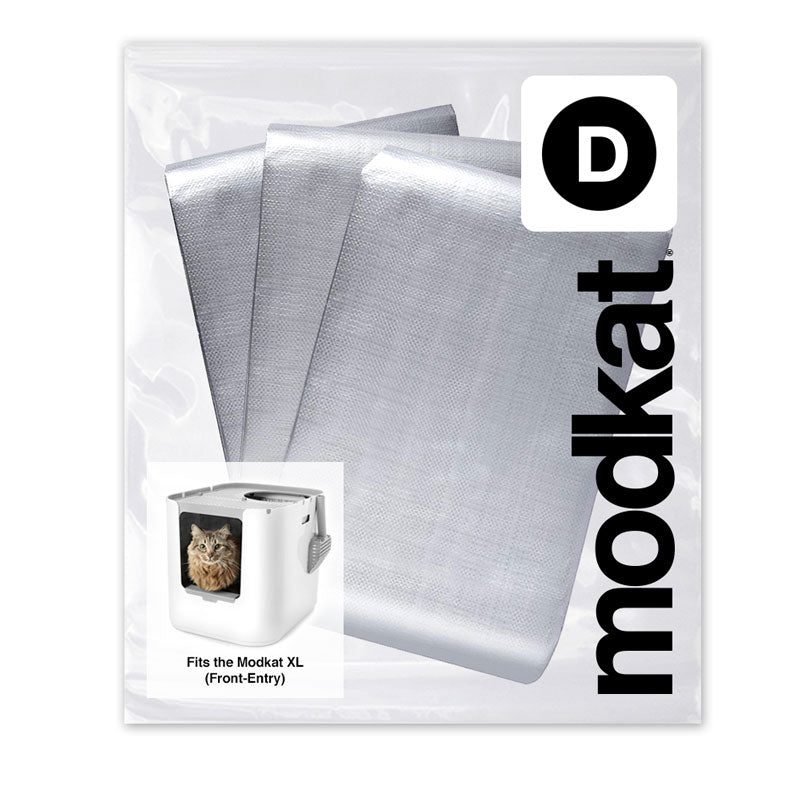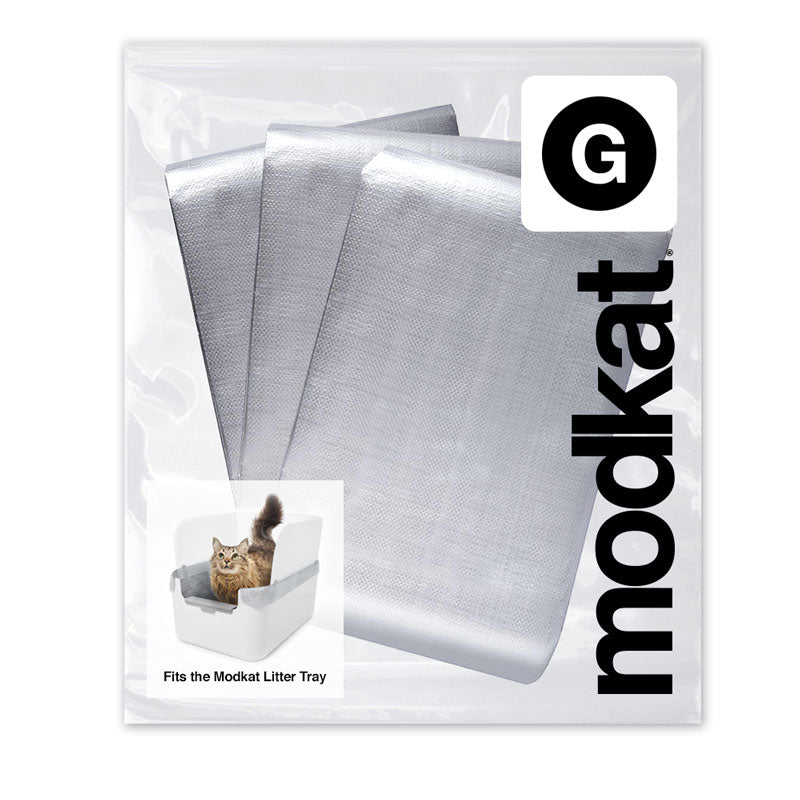Litter Boxes
Accessories
Liners
1/3 of cats will get renal disease: here's what to do.

As your cat ages, the likelihood he will develop chronic kidney disease (CKD) increases substantially. In fact, one in three cats will fall ill to this incurable and progressive, yet somewhat manageable disease.
Early detection and good care after diagnosis are a cat parent’s best defense for ensuring their cat’s longevity and quality of life.
One recent study revealed troubling statistics: more than 60 percent of senior cats (10 years of age and older) and about 80 percent of geriatric cats (15 to 20 years old) have been diagnosed with CKD. For most cats, the underlying cause of the disease is unknown, but the reasons for onset can include kidney stones, bacterial infections, poison, cancer, and genetic abnormalities.
The disease often sneaks up on cats and the signs the disease is present are so subtle a cat parent may not even notice them. By the time more obvious symptoms do appear, damage to the kidneys has already begun. Early signs of a problem typically include weight loss, frequent urination, and an increase in thirst.
As the disease progresses, symptoms become more pronounced. Other signs include:
- Poor appetite
- Lethargy
- Dull, dry coat
- High blood pressure
- Vomiting
- Foul-smelling breath
- Weakness
Kidney function
A cat’s kidneys filter impurities in the blood, regulate blood pressure, make hormones, and stimulate the bone marrow to create more red blood cells. When kidneys fail to do their job due to disease, a cat’s bloodstream becomes flooded with waste products and other compounds, his blood pressure increases, and he becomes anemic, all of which result in a multisystem impact.
Once the disease begins to affect the body’s organs and systems, symptoms emerge, and cat parents respond with a trip to the vet. To diagnose CKD, the vet conducts blood tests and urine analysis.
Treatment typically includes medication for symptom relief and dietary modification to help slow the disease progression. Your cat’s treatment plan might include additives like phosphate binders, potassium and iron supplements, ACE-inhibitors, and nausea drugs to address issues such as low potassium levels, high phosphate levels, high blood pressure, and vomiting.
Under the direction of a vet, here’s how you can help manage your cat’s CKD:
- Make sure your cat gets plenty of fluids. In addition to keeping your cat’s water bowl filled, increase her intake of tinned foods as opposed to dry foods. Tinned foods contain more water. You can provide additional water bowls throughout the home to ensure your cat always has easy access to fresh water. Some cat parents try flavoring the water with chicken or tuna to entice more intake.
- Because protein byproducts can accumulate in the bloodstream and become toxic in a cat with CKD. Reduce his protein. Work with your vet to ensure the proper level of protein is administered as your cat needs a certain amount of protein in his diet to stay healthy.
- Make the transition to a new kidney-friendly diet gradual. It will be a big adjustment for your cat so proceed with patience and understanding. Mix in a small amount of the new food with your cat’s old food and transition slowly to the new food over the course of several days. It may help to warm the food to make it more palatable. If your cat refuses to eat, ask your vet about using drugs to increase his appetite.
Be sure your cat is having routine screenings every year, especially if your cat is over the age of seven. If caught early, the disease can be slowed and managed well for the best outcome. Although there is no cure for CKD, you can help your cat enjoy his best life possible with proper care and management. 🖤🐈
Shop the Modkat litter boxes and accessories to freshen up your cat litter area today!
“It looks nicer than any other hooded or open option we considered.”

Purrr News.
Join our email list and get exclusive access to new products, the best cat litter box health articles, and 10% off your first order!
Similar products related to this blog:
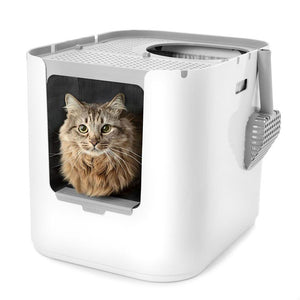
"It looks nicer than any other hooded or open option we considered."


"This litter box keeps everything in, nothing gets out the sides."

"My beautiful ragdoll cat and I both love the new Modkat Litter tray!"

